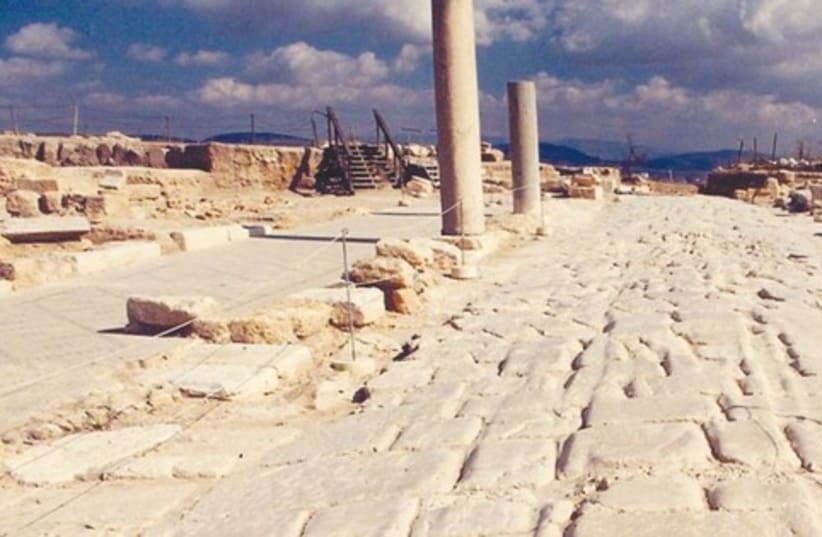The author is a PhD historian, writer, journalist and licensed tour guide living in Jerusalem. drmoshedann@gmail.com
Tzipori: A mosaic of Jewish history
There seems to be no evidence that the Jewish community in Tzipori assimilated. It seems that despite attempts to eradicate or undermine Judaism, Jews maintained their religious integrity.

The author is a PhD historian, writer, journalist and licensed tour guide living in Jerusalem. drmoshedann@gmail.com